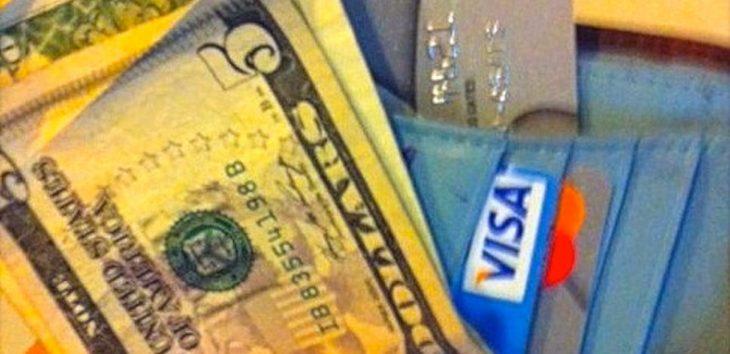Year-over-year retail sales in May rise 28%
by June 15, 2021 6:12 pm 460 views

Consumer spending slowed in May from the prior month but retail sales reported by the U.S. Census Bureau jumped more than 28% from the year-ago period to $620.2 billion. That included sales from retail, food service and fuel which are adjusted for seasonal variations and holiday differences.
The biggest winner in May when compared with a year ago was clothing stores with a 200% gain. Retail stores overall saw a 24% rise in sales from a year ago, despite being down 1.7% from April, according to the Census Bureau report.
Food service and drinking establishments reported 70.6% growth in sales from May 2020. Gasoline stations reported a 57% sales increase from a year ago as more consumers take road trips and return to workplaces. Home furnishings retailers reported a 66.6% rise in May sales from a year ago and electronics stores had year-over-year sales growth of 91.3%, the Census Bureau reported.
Online sales rose 7.9% in May compared with a year ago, while they were down 0.8% from the prior month. The National Retail Federation attributed the month-over-month decline to supply chain constraints, not waning demand. Economists at Wells Fargo had a slightly different explanation for the month-over-month 1.3% dip in core retail sales.
“The days of spending money online and splurging on durable goods and home furnishings is pivoting toward getting ready for trips to see grandma and grandpa at the lake or the beach and evenings out reconnecting with friends at bars and restaurants,” said Tim Quinlan, a senior economist at Wells Fargo.

Unadjusted May sales as calculated by NRF totaled $388.6 billion, the second-highest level of spending on record, outpaced only by $414.7 billion in December. The recent update to the NRF annual forecast pegs core retail sales to range between $4.44 trillion and $4.56 trillion. Online and other non-store sales, which are included in the total, are expected to increase between 18% and 23% to between $1.09 trillion and $1.13 trillion. Shay said the new forecast is based on healthier household finances and consumers wanting to get back out and spend.
Jack Kleinhenz, chief economist for the trade group, said the U.S. economy is at a highly elevated level of spending with dollar amounts in recent months being some of the highest on record.
“Long-term trends in the number of dollars spent tell much more about the continuing economic recovery than whether sales were up or down from month to month. Retail sales as calculated by NRF were the second highest on record in May, topped only by holiday spending in December. Demand has continued to be strong even as the concentrated impact from government stimulus has faded. There is still pent-up demand for retail goods and consumers are likely to remain on a growth path into the summer,” he said.
Also on Tuesday, the U.S. Labor Department reported the producer price index for final demand rose 0.8% in May. The PPI accelerated 6.6%, the largest gain since November 2010, after advancing 6.2% in April. Economists at PNC Financial said U.S. inflationary pressures are strong but should cool in the back half of the year. Goods comprise about 41% of consumer spending. PNC said even with the boost from stimulus checks fading, consumption could get a powerful tailwind from the at least $2.3 trillion in excess savings amassed by households during the pandemic.
